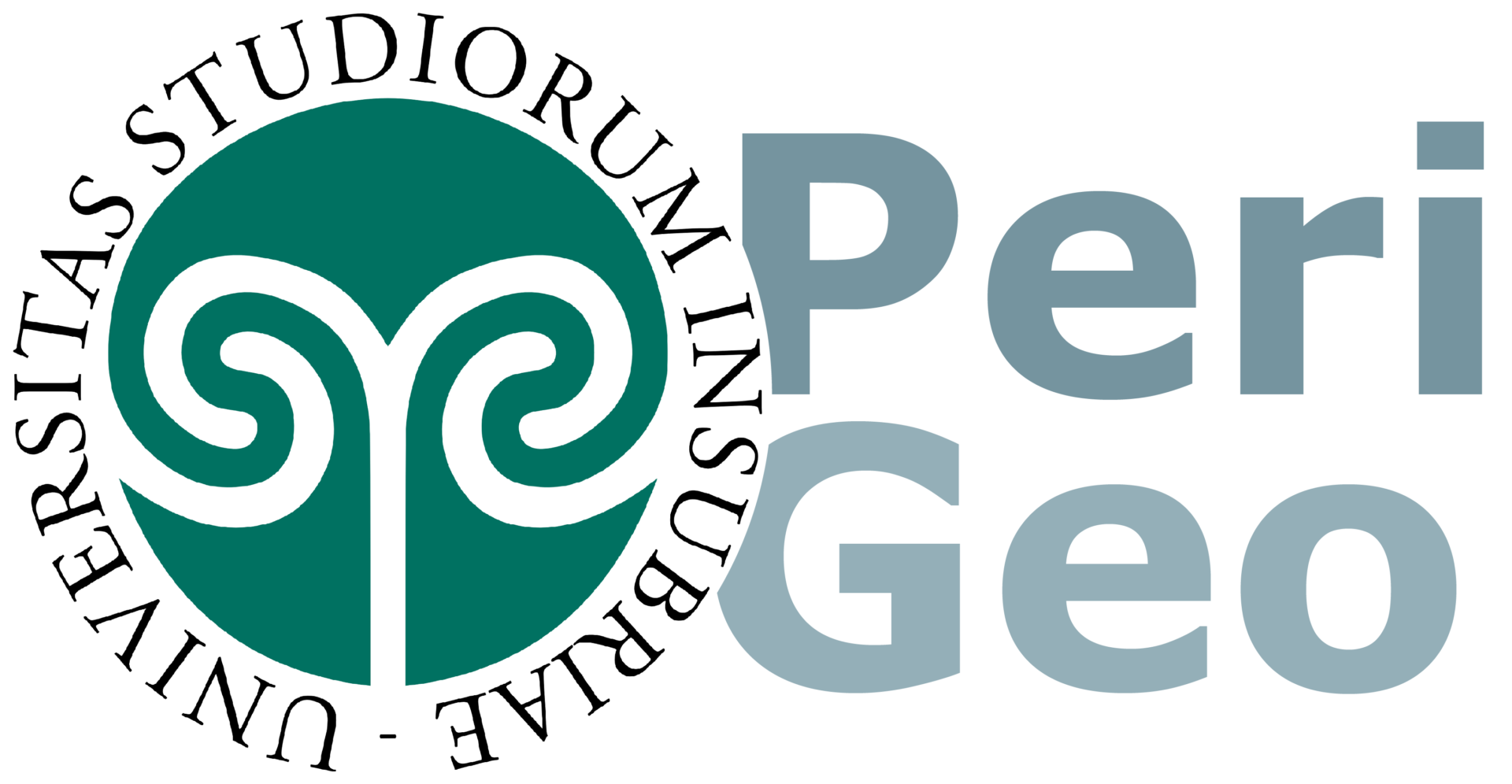A database of the earthquakes analyzed using the ESI-07 scale
Earthquakes produce a large variety of environmental effects, such as surface faulting, landslides, liquefaction. Primary effects are related to the surface expression of the seismogenic source and includes surface faulting and permanent ground deformation (uplift or subsidence). Secondary effects are mostly caused by ground shaking and include 8 categories: ground cracks, slope movements, liquefaction processes, anomalous waves and tsunamis, hydrogeological anomalies, tree shaking, dust clouds and jumping stones.
The Environmental Seismic Intensity (ESI-07) is a macroseismic scale solely based on earthquake effects on the natural environment (Figure 1); it complements traditional intensity scales, which are mainly based on effects on manmade structures.

The ESI-07 scale has been conceived and developed within INQUA, the International Union for Quaternary Research. After 15 years from its introduction, the ESI-07 scale has been applied to over 130 earthquakes worldwide (Figure 2). A database of all these events is now publicly available on the Zenodo repository; we developed scaling relations among ESI-07 epicentral intensity and moment magnitude, surface rupture length and affected area – the related paper is currently under review, finger crossed 😊

I’m going to post an infographic on my Twitter account (@GingerFault) for each of the events. First one will be tomorrow, December 16th, which is the anniversary of the earthquake that hit Basilicata (S Italy) region, reaching an epicentral ESI-07 value of X (Figure 3).

